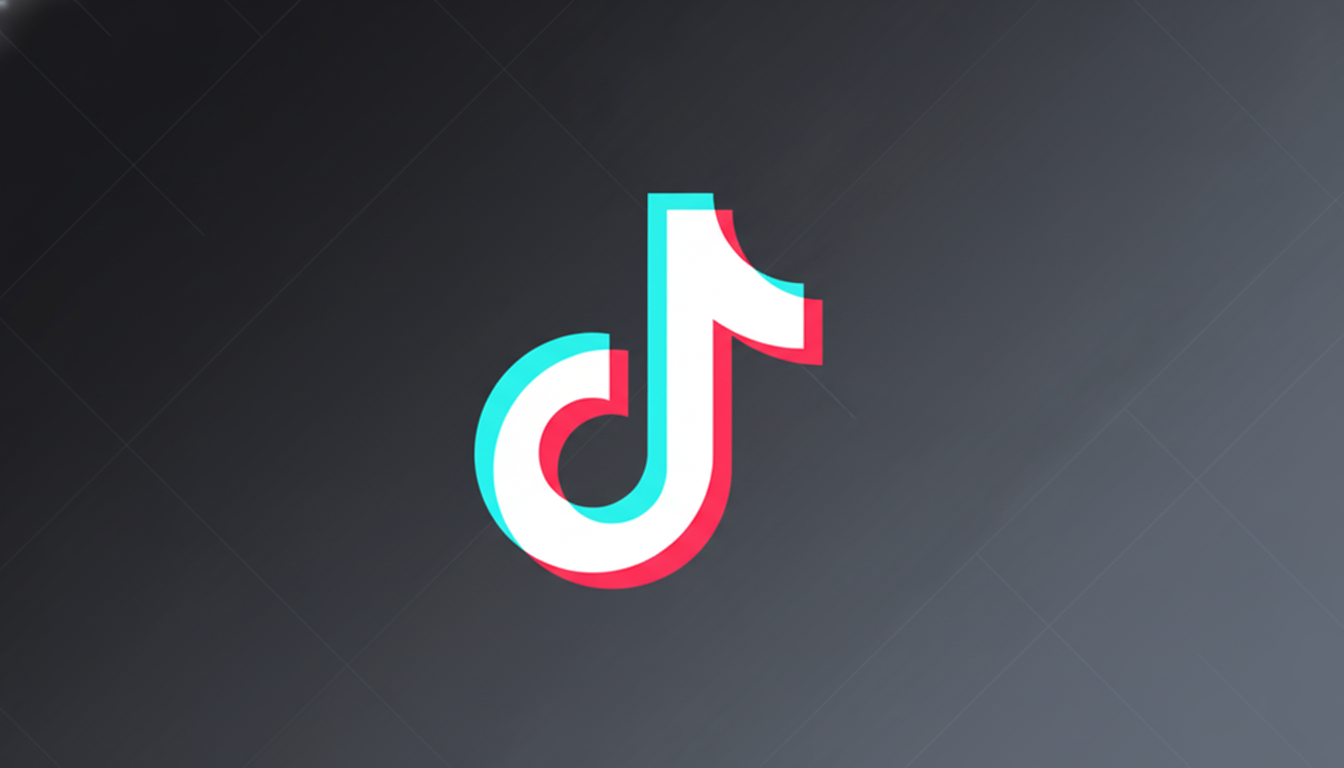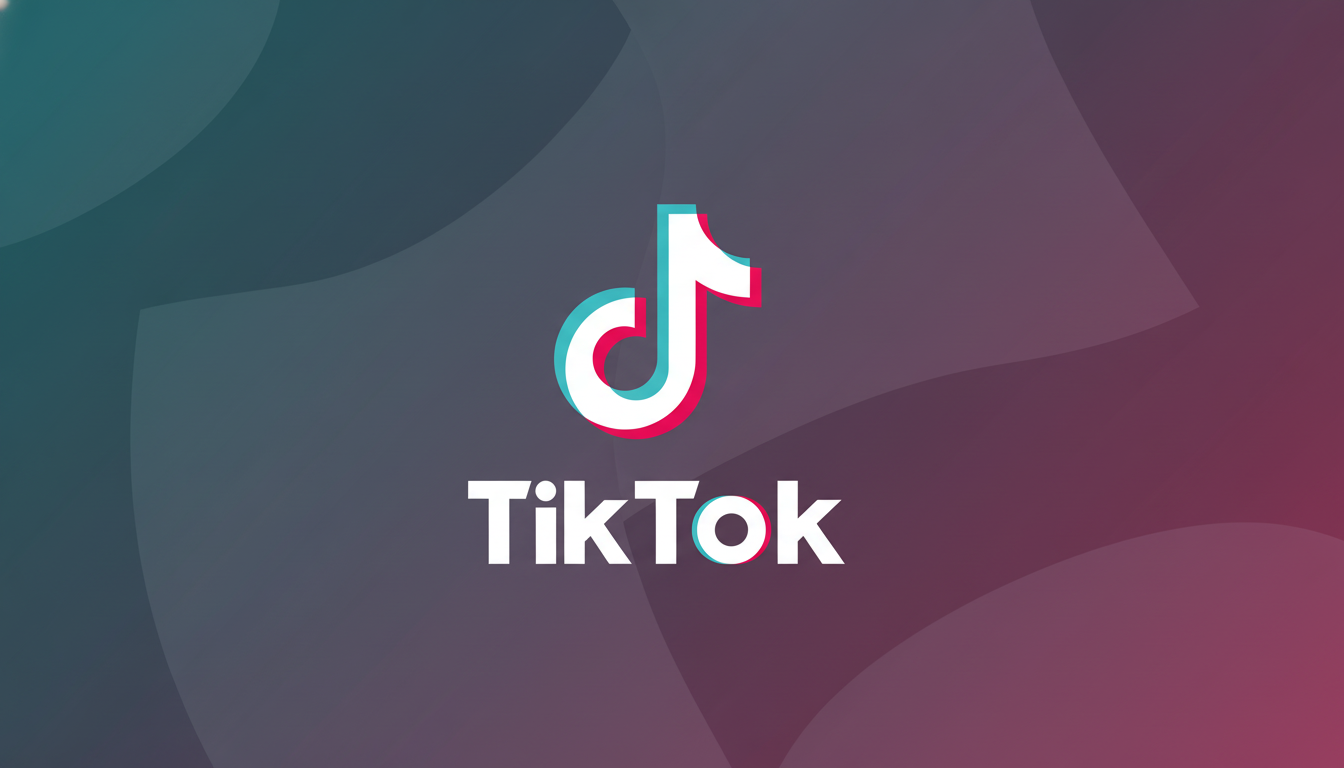If your For You Page has taken a hard left into clubhouse roll call, you’ve encountered Group 7. Now, what began as a singer just getting their mates to sing along with a new track has become TikTok’s latest in-joke — an identity badge, a punchline and marketing masterclass all at the same time.
The concept is intentionally threadbare: affiliate yourself with “Group 7,” set the squad up as elite, and let comments post the lore. That simplicity is the point. It reduces the barrier for entry, it normalizes playful gatekeeping and rewards anyone willing to signal they’re in on it.
- What, Exactly, Is Group 7 on TikTok and Why It Matters
- How Group 7 Took Over TikTok’s For You Page Feed
- Group 7 trend examples you’re seeing across TikTok
- Why the Group 7 meme is working on TikTok right now
- How Creators And Brands Can Align Without Cringe
- The bottom line on Group 7’s rise and what it signals next

What, Exactly, Is Group 7 on TikTok and Why It Matters
Group 7 is not a literal club; it’s an adaptable meme format. They try not to contaminate the trend, but often derail it anyway: They post a video that is usually at least enigmatically unrelated to Group 7, then tag themselves as such or pivot to a punchline about credits in the caption or final frame. The comments then take it from there, to weave stories about how perfect, select or mysterious Group 7 is.
It’s textbook social identity on TikTok: The content matters less than the communally sent signal. If you know the bit, you’re in. If you do not, your curiosity brings you into the thread. TikTok’s own description of its recommendation system states that user interactions — comments, shares and rewatches — weigh heavily. And Group 7 obviously has the best tuning for all three.
How Group 7 Took Over TikTok’s For You Page Feed
James planted the idea while promoting her track, which prompted viewers to “become” in comments. Top replies — which immediately took a turn for the mock-grandiose — instructed others in how to participate. Within days, comments became the content and creators started stitching or dueting it to make it longer.
When comment velocity rises, discovery is metastatic. TikTok, which has over 1 billion monthly users, features a feed that incentivizes sticky comment threads and repeated view loops. Group 7’s format encourages both: viewers scroll the replies for lore, then rewatch to catch the wink in the final beat.

The meme also benefits from what social scientists refer to as low-cost signaling — little effort for big in-group payoff. Membership can be broadcast in a single line in the caption, or with a quick cutaway bringing creators of every niche into the same joke without losing any one creator’s customary content.
Group 7 trend examples you’re seeing across TikTok
- Workplace check-ins: Office vloggers tap colleagues on the shoulder and ask if they’re Group 7. The humor derives from deadpan responses and from the suggestion that there’s a secret pecking order in play.
- Niche-to-mass crossover: A creator trying to resuscitate “grody” concludes a video by quickly paying homage to Group 7, employing the tag as a bat signal for comments and discovery — a punchline tacked on to an unrelated trend.
- Sports and brand adoption: Even the PGA Tour shared a Group 7 riff, which according to The Wall Street Journal is a sure sign that a meme has crossed into the cultural mainstream. When institutions jump on board as well, they’re validating the bit for lay users who aren’t steeped in TikTok lore.
- Comment-first content: Videos of the variety where “the hook is just ‘if you’re Group 7, sound off in the comments’” that get thousands of replies. The audience is the scriptwriter, and the algorithm treats the chatter as a reward.
Why the Group 7 meme is working on TikTok right now
It’s a memetic trifecta: identity, simplicity, portability. Group 7 offers people something to claim, requires almost no setup and bolts onto any genre — from cleaning TikTok to book recs to sports edits. That versatility keeps it vital across subcultures.
It’s also “inside joke” at scale. According to Pew Research Center, a significant portion of U.S. adults are now on TikTok, which means micro-jokes can be introduced to macro audiences virtually overnight. The more people that get the reference, the higher perceived value there is in taking part and the feedback loop buzzes.
From a marketing perspective, Group 7 is a fine example of community-marketing done well. The painting artist was not pushing a hard sell. With the song as a backdrop, the meme made belonging its reward. The product piggybacks off the social signal, not the other way around.
How Creators And Brands Can Align Without Cringe
- Keep it lightweight. One line in the caption or a cheeky final frame does it. Overexplaining breaks the spell.
- Let comments lead. Invite Group 7 to sound off, pin the replies with the best solutions and build lore from this thread. TikTok’s recommendation notes focus on comment activity; design for that.
- Stay native to your niche. Fitness creators can operate a PR set into a Group 7 “test.” BookTok can anoint a protagonist, proclaiming “This is Group 7 energy.” The meme is supposed to be a flourish, not a hostile takeover.
- Know when to exit. The transition from cool to corny comes fast — frequently as institutional accounts pile onto the trend. If your listeners’ eyes start rolling, then pivot.
The bottom line on Group 7’s rise and what it signals next
Group 7 is TikTok at its best: making a little thing huge by turning it into something like a clubhouse. It’s an exclusive party posing as inclusive, and it’s effective because the audience has a chance to write the joke themselves in real time. Though the label will dissipate, the playbook — comment-led identity memes with a wink — will return under another name.

